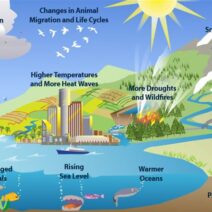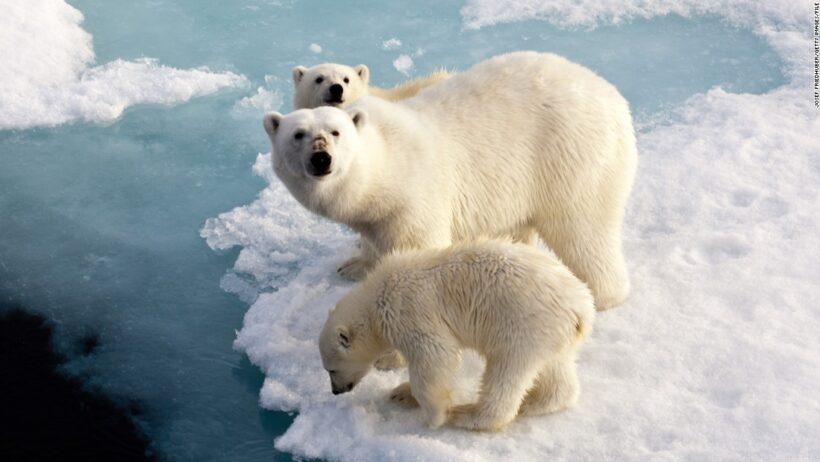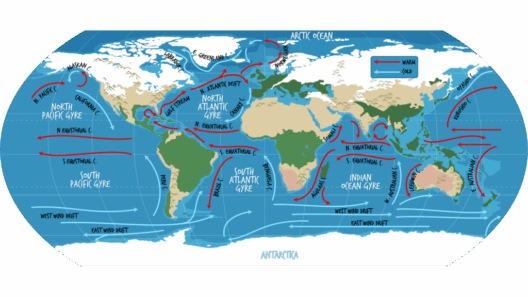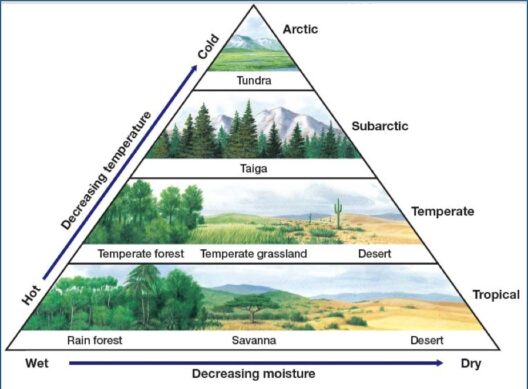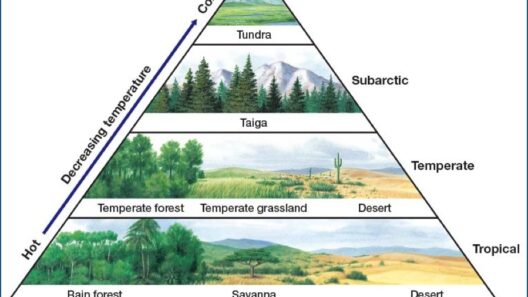Climate change is inflicting unprecedented pressures on wildlife across the globe, prompting a series of transformative shifts in animal behavior, migration patterns, and ecosystems. Understanding the ramifications of this environmental crisis is crucial for grasping the fragility of our planet’s biodiversity.
The escalation of global temperatures, attributable to human activity, is resulting in profound alterations to habitats that many animal species have relied upon for millennia. As climates warm, the habitats that once sustained these populations are rapidly becoming inhospitable. Altered precipitation patterns and increased frequency of extreme weather events, such as torrential storms and droughts, further compound the challenges faced by wildlife.
One significant phenomenon observed is the shifting geographical range of various species as they seek more suitable environmental conditions. Many animals are migrating poleward or to higher elevations in response to warming temperatures. For instance, common species such as the American Robin and European Red Fox are showcasing this behavior, moving northward as seasonal climates change. The urgency for these creatures to find optimal climates starkly displays the profound disruptions caused by anthropogenic climate change.
Moreover, this relocation can have cascading effects on ecosystems. Species that depend on one another for food and sustenance often find their interactions disrupted by these migrations. For example, pollinators like bees and butterflies may reach areas before or after their corresponding blooms, leading to mismatches that hinder plant reproduction and disrupt entire ecosystems. Such imbalances raise concerns about the resilience of various habitats and the species that inhabit them.
In the marine environment, the temperature rise is equally alarming. Oceans absorb much of the excess heat from climate change, leading to thermal stress on marine life. Coral reefs, often referred to as the “rainforests of the sea,” are particularly vulnerable. Coral bleaching, which occurs when stressed corals expel the symbiotic algae that provide them with nourishment and color, results in vast swaths of lifeless reefs. The repercussions are dire for countless marine species; entire communities rely on these reefs for shelter and breeding grounds. As these ecosystems deteriorate, the intricate relationships forged over eons are fraying, jeopardizing the survival of species ranging from tiny reef fish to majestic sea turtles.
Wildlife on the move is not solely a matter of seeking out habitats with tolerable climates; it also extends to variations in food availability and altered reproductive cycles. Research indicates that some species are breeding earlier in the year to align with the availability of food resources. However, this adaptive strategy bears its own set of complications. When timing mismatches persist, the implications become dire. For example, if migratory birds arrive at their breeding grounds earlier but the insects they rely on for feeding their young have not yet emerged, survival rates for fledglings will inevitably plummet.
Furthermore, the fragmentation of habitats due to human development or climate-induced changes poses another critical challenge. Wildlife corridors are being disrupted, and animals may struggle to find safe passage while traveling to new habitats. Roads, urban areas, and agriculture have created barriers, making it difficult for species to adapt or migrate to areas with more favorable conditions. This isolation can lead to inbreeding, reduced genetic diversity, and ultimately, population declines. Notably, the loss of large-scale habitats in favor of urbanization and agriculture further exacerbates these difficulties, trapping wildlife in increasingly confined spaces.
Climate change is also influencing the spread of diseases among wildlife. As temperatures rise and ecosystems become disrupted, the vectors that transmit diseases, such as mosquitoes and ticks, are proliferating in new areas. Consequently, animals that have no prior exposure to these pathogens are becoming increasingly susceptible to illnesses. This phenomenon has been observed in cases of avian malaria affecting Hawaiian birds and other diseases threatening bat populations. The unforeseen consequences on health and population dynamics across these species remind us of the interconnectedness of ecosystems.
In conclusion, the impact of climate change on wildlife is profound and multifaceted. As habitats alter, animal behavior adjusts in a desperate attempt to survive. The consequences of these shifts ripple through ecosystems, leading to unpredictable and often dire outcomes for species and their environments. Without concerted efforts to combat climate change through sustainable practices and habitat preservation, the intricate balance within ecosystems will continue to unravel, threatening countless species with extinction. Addressing this predicament requires a multifaceted approach that combines scientific acumen with proactive environmental stewardship to ensure the preservation of our planet’s precious biodiversity.

